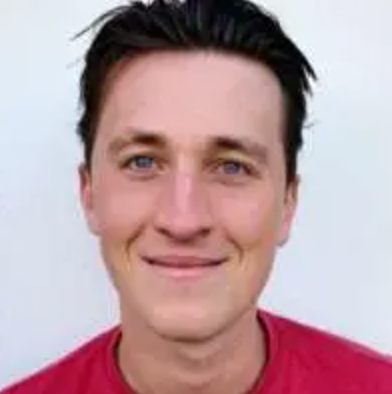Article
Cannabidiol Produces Dose-Dependent Seizure Control in Adults and Children
Author(s):
Highly-purified cannabidiol (CBD) marketed as Epidiolex can lower the chances of seizures in adults and children with epilepsy.

Kathleen Hernando, MPH
Highly-purified cannabidiol (CBD) marketed as Epidiolex can lower the chances of seizures in adults and children with epilepsy. The response is apparently dose-dependent.
“There was a linear relationship between the cannabidiol dose and the plasma levels of the drug, and higher plasma levels were associated with a higher chance for improvement of the seizure rate,” Jerzy Szaflarski, MD, PhD, Director of the Division of Epilepsy in the Department of Neurology at the University of Alabama (UAB), Birmingham, explained to MD Magazine®.
The encouraging news was presented as a late-breaking poster at the 2018 annual meeting of the American Epilepsy Society (AES) held in New Orleans. The poster was presented by Kathleen Hernando, MPH, who coordinates projects in the UAB Epilepsy Center. The research was headed by Jerzy Szaflarski, MD, PhD.
The frequency of seizures for the 94 patients decreased from 72.4±191 seizures per period before the start of CBD therapy to 35.0±104.5 during the same time during treatment (P = .003). For the adults the decrease was from 46.8±129 to 16.0±21.5 (P = .056). For children the decrease was from 110.0±253.7 to 63.1±159 (P = .02).
Seizure reduction was ≥50% in 51 participants (responders) and <50% in 43 (non-responders). Comparing the 2 groups revealed significantly higher plasma CBD in responders than in non-responders (324±285 vs. 177±184 ng/mL; P = .005). The pattern held for adults (394±314 vs. 233±231 ng/mL; P = .042) and for children (195±164 vs. 112±67 ng/mL; P = .043).
“Children and adults responded to CBD similarly, but the response in children occurred at lower doses or plasma levels of CBD than in adults,” said Szaflarski.
CBD doses were lower in children compared to adults (28.4 vs. 20.5 mg/kg/day; P = .013), as were CBD levels (327 vs.151 ng/mL; P = .001). Despite these differences, seizure frequency was similar in adults and children (P = .541).
The 94 patients comprised 56 adults (35.8±14 years of age, range 21-74) and 38 children (12.6±5 years of age, range 2-21). They were taking part in an ongoing program at UAB that aims to expand the use of CBD in those with epilepsy. Prior treatment with 4 anti-epilepsy drugs had failed. The present treatment was geared towards a patient’s weight. The oral dose could be increased by 5 mg/kg/day every 2 weeks to a maximum of 50 mg/kg/day depending on how a patient responded to a dose and how well the dose was tolerated.
“CBD is an oil-based preparation that was taken twice daily. The compliance was very good. In the total of several hundred people who have been involved to date only a few have stopped taking the preparation,” commented Hernando.
Epidiolex was approved this past June by the US Food and Drug Administration (FDA) for the treatment of seizures associated with Lennox-Gastaut Syndrome or Dravet Syndrome in patients 2 years of age or older.





